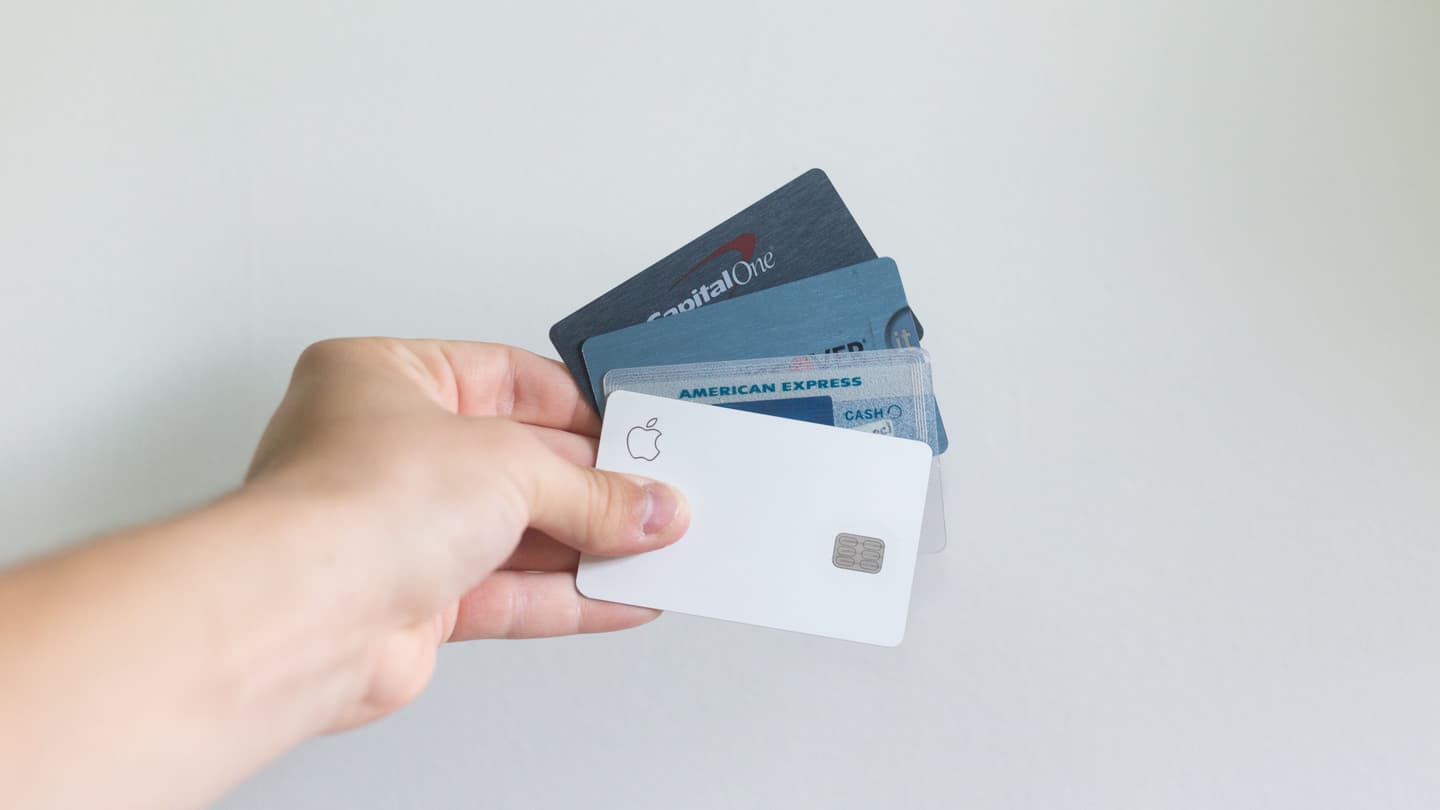Every small business owner encounters situations where they need quick access to extra capital. Traditionally, one of the most popular options for handling day-to-day cash flow needs has been a business line of credit.
What is a Business Line of Credit?
A business line of credit (or “LOC”) is a revolving loan that gives business owners access to a fixed amount of money, which they can use day-to-day according to their need for cash.
LOCs are specifically designed to help businesses finance short-term working capital needs, such as:
- Purchasing inventory or repairing equipment
- Financing marketing campaigns
- Making payroll
There are two main types of business LOCs:
- Secured Business Line of Credit: With this type of LOC, a business must pledge assets as collateral to secure the loan. Since a Line of Credit is a short-term liability, lenders will typically ask for short-term assets, such as accounts receivable and inventory. Lenders typically won’t require capital assets, such as real property or equipment, to secure a LOC. If the borrower is unable to repay the loan, the lender will assume the ownership of any collateral and liquidate them to pay off the balance.
- Unsecured Business Line of Credit: This type of LOC does not require assets as collateral (meaning it’s sometimes a more attractive option to business owners). Still, the lack of collateral means a higher risk to lenders, so to get an unsecured LOC you’ll need stronger credit and a positive business track record. In addition, the interest rates are often slightly higher. Unsecured lines are usually smaller.
A Business Term Loan vs. a Business Line of Credit
A term loan involves a fixed amount of funds loaned out and repaid over a fixed time period. The business owner takes the proceeds from a term loan in one lump sum. A term loan is repaid in a prearranged schedule of payments that stay constant until the loan has been repaid. The funds from a term loan typically go to purchase a specific asset, like a building, a vehicle, or other equipment that is valuable to the business.
A business line of credit is more flexible. With a LOC, businesses are given a credit limit they can borrow against whenever they need it, and they’re free to spend the funds on the costs of their choosing. Businesses then make regular payments that vary according to the current balance of the credit line, like a personal credit card.
While term loans work well for paying for long-term assets that will be used over many years, LOCs are best for short-term operating purposes and for more immediate revenue-generating activities because the business owner can access funds as he or she needs them.
How a LOC Works?
When you open a line of credit, you’ll receive access to a stated amount of funds to use as needed. You then receive a monthly invoice reflecting the amount of credit you’ve used, along with any interest charges.
Your payment is based on the actual interest accrued on these funds while you use them. Once the funds are repaid, that amount is available when you need it. You’re only charged interest on the amount of the loan you actually use.
LOC rates and limits are set by lenders and based on your risk grade, your collateral, and any servicing requirements. Your risk grade is judged on factors like the financial success of your business, the state of your business sector in general, your business and personal credit scores, and whether or not you have collateral.
Establishing your business as an LLC can improve your credibility with lenders, which is especially important as you start comparing the costs and fees associated with different lines of credit.
Most lenders will charge an annual fee for the LOC, in addition to interest charges. If you’re going to need a significant number of loan advances and repayments, transaction fees might apply.
Smaller LOCs (under $100,000) can operate as credit card account, with advances made by using a credit card or writing checks issued for the account. Accessing the funds can also be deposited directly in the borrower's account via an ACH deposit.
When Should I Get a LOC?
If your business regularly requires funds to cover short-term cash flow issues, manage your business’ day-to-day needs, or take advantage of immediate business opportunities, then applying for a LOC makes sense.
Here are a few examples of situations in which it’s smart to get a LOC:
Example 1: A seasonal business that generates most of its sales in the summer could use a LOC in the off-seasons to help cover overhead or meet payroll. The LOC would allow them to maintain normal business activities even as their income fluctuates.
Example 2: A business could use a LOC to finance a marketing campaign, which would attract new customers and expand sales. The new debt will be paid off quickly because the campaign will generate additional revenue and grow the business faster.
Example 3: If your business needs to cover expenses while waiting for clients to make payments on sales you’ve made with terms, then a LOC could be useful for cash management.
Advantages and disadvantages of Business Lines of Credit
A business line of credit can help your small business in a time of need, but there are some factors to consider that can potentially negatively impact your business.
Advantages:
A small business line of credit can offer near-immediate relief of a cash flow for your small business, solving for a variety of needs, including covering operating expenses through a slow period, helping your business to scale in a time of growth, or investing in new supplies or equipment. The rates for borrowing a small business line of credit may be lower than charging expenses to a credit card, and the repayment terms can be flexible, allowing your small business to access the small business line of credit funds as you need them.
Disadvantages:
Like with any financing, a small business line of credit can post challenges for your business and credit Defaulting on your small business line of credit can negatively impact your business and even personal credit, and make it harder for you to get approved for loans in the future.
Will My Business Qualify for a LOC?
If you have a new business without an established business credit profile or have a low personal credit score, traditional lenders will typically be reluctant to offer you a line of credit.
Most lenders prefer to offer a LOC to established companies with a track record and revenues to support the more flexible financing provided by the business line of credit.
Who Offers Business LOCs?
Most major banks that serve small businesses—which include commercial banks, community banks, credit unions, and online banks—offer unsecured business LOCs. The credit limits at some banks are $5,000 to $100,000, while other lenders will go as high as $500,000.
All lenders will usually only consider “established” businesses that are at least 2 years old and have a positive track record of growing revenues and profits.
For newer businesses (under 2 years old), some banks offer LOCs backed by the U.S. Small Business Administration (SBA). The SBA’s CAPLine program offers eligible businesses the option of four different types of LOCs to help finance their short-term capital needs.
Explore LegalZoom’s LLC formation services—a strong foundation that can help position your new or established business for line of credit (LOC) consideration by boosting credibility and formalizing your business structure.
What You Should Know Before Opening a LOC?
Before opening a business LOC, make sure you understand your lender’s qualifications, loan conditions, interest rates, and fees.
- There may be charges for account set-up, transactions, and annual fees. For example, a bank may charge an opening fee of $150 (maybe more depending upon the credit amount) with no annual fee for the first 12 months, but then an annual fee beginning in the second year.
- In order to reduce risk, some lenders require that businesses pay down their outstanding LOC balance to $0 at some point during the year, often for at least 30 days. This assures a lender that the borrower is generating sufficient cash flow to operate independent of the lender’s funds, and not relying on the LOC as a substitute for the owner’s capital.
- Due to the unpredictable nature of the market, the lender always reserves the right to call a LOC payable immediately. This means your full balance would have to be paid, and your LOC reduced to zero without warning. If your business depends on the line of credit, this can be a critical issue, so the business should always be prepared to either replace the LOC or scale back to weather the loss of credit.
How to get a Business line of credit LOC?
- Periodically pay down your debt completely and avoid keeping your balance near your credit limit. This will keep your lender at ease.
- If your company is not profitable, using a LOC to cover losses is not the best option – you may have trouble acquiring the funds to repay it.
- The best time to set up a business line of credit is before your business needs it. Lenders are more likely to grant a LOC when your business's cash flow is strong. It will also give you a financial cushion when you need the extra cash.
How to Apply for a Line of Credit (LOC) loan?
Once you decide to apply, gathering all the necessary paperwork is 75% of the battle. Any lender will want to see your business documents, including financial statements, tax returns, your resume, and an explanation of your business history. The lender also will expect to see a three-year projection of business revenues and expenses, with an explanation of how and when the LOC would be used to support your cash flow. You might also be asked to provide detailed schedules of the company's accounts receivable, inventory, and all liabilities.
Officially forming an LLC with LegalZoom can help establish a clear and organized foundation for your records, making the application process smoother and your business more credible in the eyes of lenders.
Lenders look critically at LOC applications to determine whether the company needs funding to cover growth opportunities. Lenders do NOT want to:
- Provide funding to startups
- Cover losses on past operations
- Meet immediate expenses that won’t necessarily lead to profits.
In order to demonstrate that your business is qualified for funding, be prepared to show:
- The business is a profitable operation that is capable of generating additional revenues.
- Management has command of the working capital cycle of the business, the repetitive process of when expenses like inventory and payroll have to be funded to produce products or services, and when the resulting revenues will be collected.
- The business has a plan for using the LOC to cover specific expenses at specific times and knows when the resulting revenue collections will be used to make payments.
To Sum Up
Business lines of credit help small businesses grow revenues and expand profits. They offer financial flexibility to cover gaps in the normal business cash cycles. They can be used to harness the necessary resources to maintain activity year-round and can fund expenses to develop your vision, build your organization, and amplify success. So look ahead and apply before your next busy season – it’s best to have the cushion before you need it.



